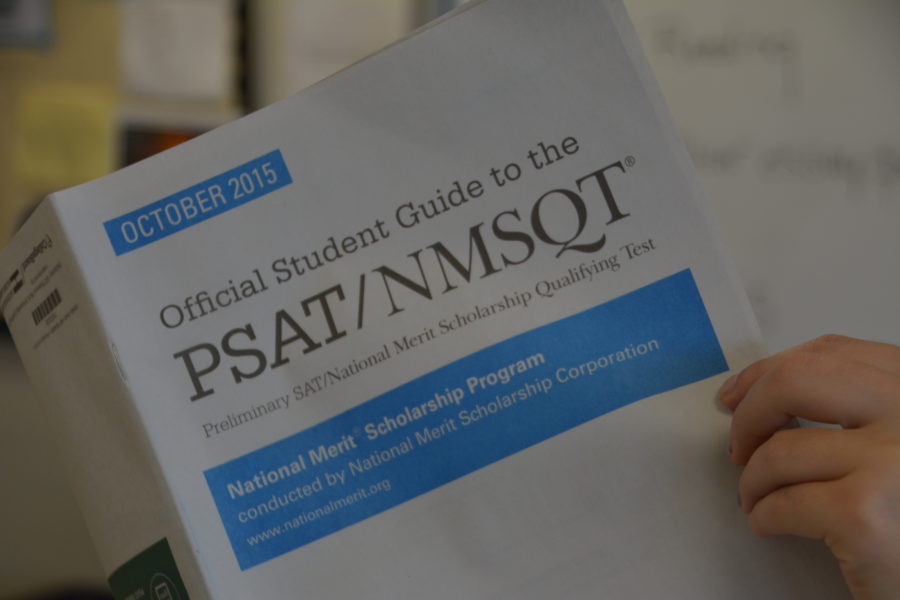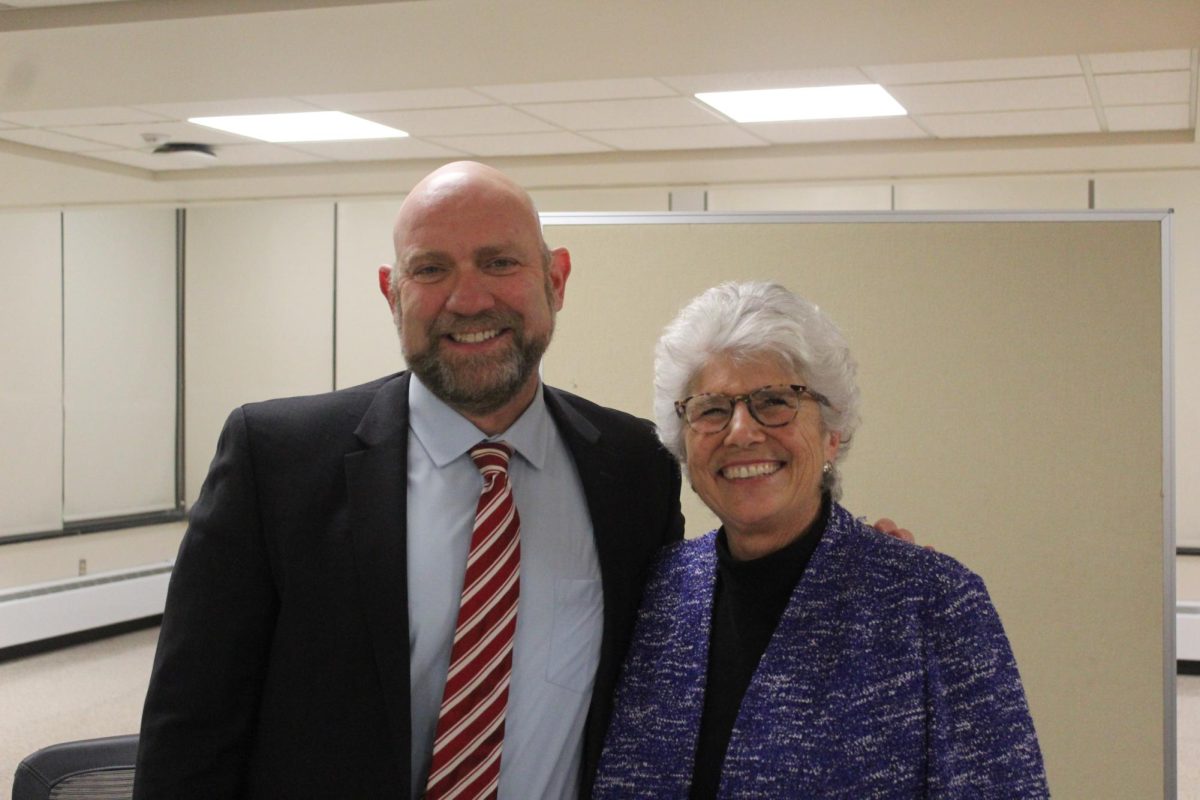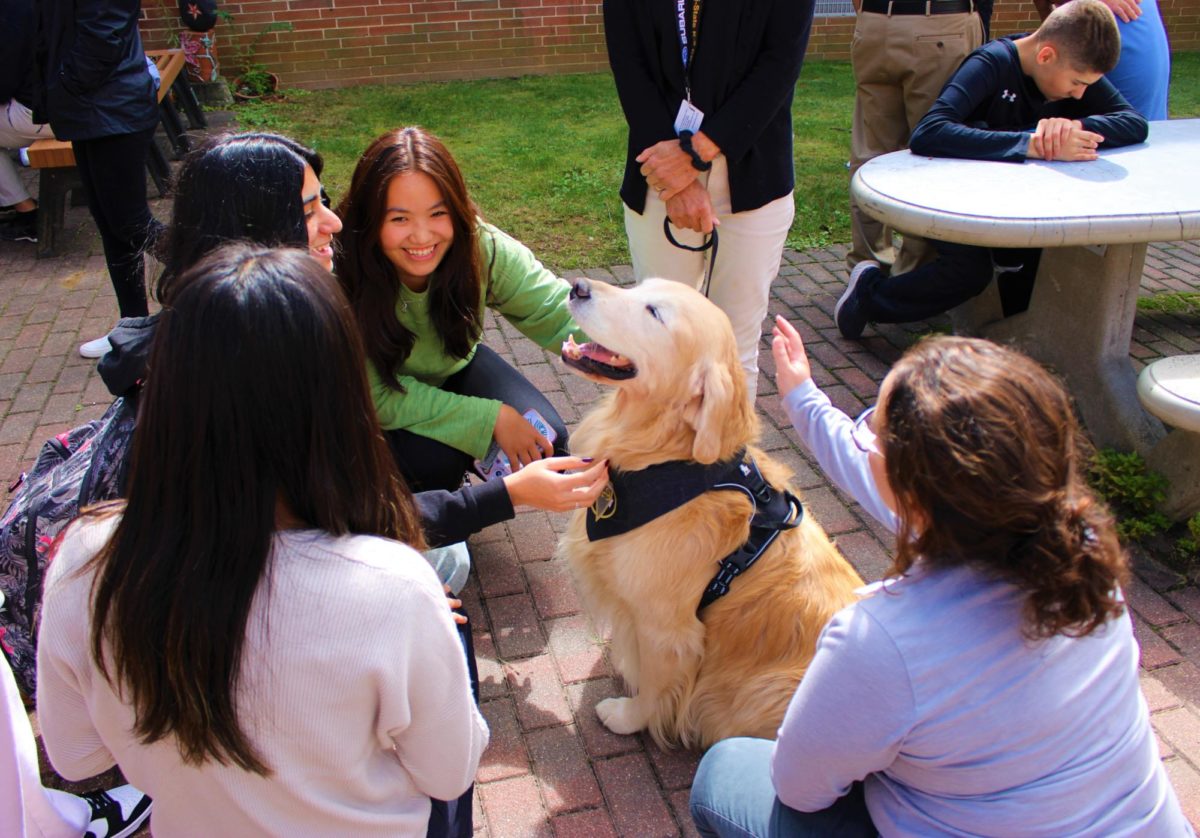By Cissy Ming, Staff Reporter
Conestoga students preparing for the Preliminary SAT (PSAT) must navigate significant changes in the test format and testing schedule. This year, the College Board introduced a new test to accompany the revised SAT, administered to students beginning in March 2016. Despite the changes, guidance counselors anticipate no great differences in Conestoga’s overall performance.
Unlike in previous years, all juniors, sophomores and freshmen will take the test in school on the morning of Oct. 14, 2015 while seniors arrive three hours late. Freshmen will receive an abridged version of the PSAT, called the PSAT 8/9, but had the option of switching to the full test by contacting a guidance counselor before Sept. 22. Because testing occurs during the school day, the district pays the College Board’s $15 per student test fee. In the past, guidance counselors encouraged students to take the PSAT, administered on a Saturday in early October, but the test remained optional and each student paid individually.
Junior Annie Park, who took the PSAT as a sophomore, approves of the school’s new testing policy.
“For juniors, it should be mandatory because it will force you to do better in the future,” Park said. “If anyone didn’t really think seriously about the PSAT or SAT, they now have to see their scores.”
Drawing on her own experience, Park views the PSAT as an important step in each student’s high school years.
“I think it’s important that I can get to know where I am so I can prepare for the real SAT,” Park said. “For the first test, my score was not as good as I thought it would be. But seeing that raw score, that encourages you to study instead of taking it without any knowledge. This year I’m taking [the PSAT] really seriously.”
According to the College Board, the PSAT prepares students for the SAT and allows them to gauge their readiness for AP courses. Consequently, the format changes to the PSAT reflect the new SAT, both based on Common Core Standards. The test eliminates references to “obscure” vocabulary and narrows the scope of math skills covered, addressing criticisms of the old test. Test makers condensed reading, writing and math into single sections with fewer questions overall. In terms of scores, students no longer receive a penalty for incorrect answers. Guidance counselor Jennifer Kratsa believes the new test is more relevant to students’ education at Conestoga.
Common Core Standards “are the very things that teachers are teaching in class: reading vocabulary words in context, reading in context, science in context,” Kratsa said. “The test will actually be more aligned with what students are getting here at school.”
The College Board also claims its new test format and partnership with tutoring website Khan Academy level the playing field for disadvantaged students. Data collected from past years of PSAT testing show a strong correlation between higher family income and better scores. Traditional test preparation courses can cost thousands of dollars, but Khan Academy offers free PSAT and SAT resources for students with internet access. These include practice tests and questions released by the College Board.
Guidance counselor and PSAT test coordinator Melissa Boltz commends the College Board for its efforts, recognizing the need for equal access.
“I think [the College Board] is taking a big first step and hopefully others will take their lead,” Boltz said.
Though colleges only consider PSAT scores if applicants score within the 99th percentile, some scholarship recruiters use the test as a means of finding talented students. In 2017, the National Merit Scholarship Corporation will award $43 million in scholarships to 8,600 seniors who make up the highest scoring students from their respective states. The PSAT also connects students with opportunities from the National Hispanic Recognition Program, American Indian Graduate Center, Asian & Pacific Islander American Scholarship Fund, Hispanic Scholarship Fund, Jack Kent Cooke Foundation and United Negro College Fund. In addition, corporate sponsors and universities offer individual merit scholarships to high scorers on a smaller scale.
This year, 33 seniors from Conestoga qualified as National Merit Semifinalists while the school produced 44 semifinalists in 2014. Conestoga has led the state in its number of National Merit Semifinalists for several years and Boltz believes this trend will continue.
However, Kratsa reminds students not to treat the PSAT too seriously.
“The PSAT has a P in front of it for a reason. It’s because it’s a practice test to prepare for future testing,” Kratsa said. “So while we wouldn’t discourage students from studying, it’s an assessment to figure out what you need to study for the SAT and how to best prepare for the SAT.”
To prepare for the PSAT, Kratsa suggests sticking to the basics.
“Get a good night’s sleep, eat breakfast, those things are really the most important in terms of having a good test day,” Kratsa adds.
Cissy Ming can be reached at [email protected].



























































































